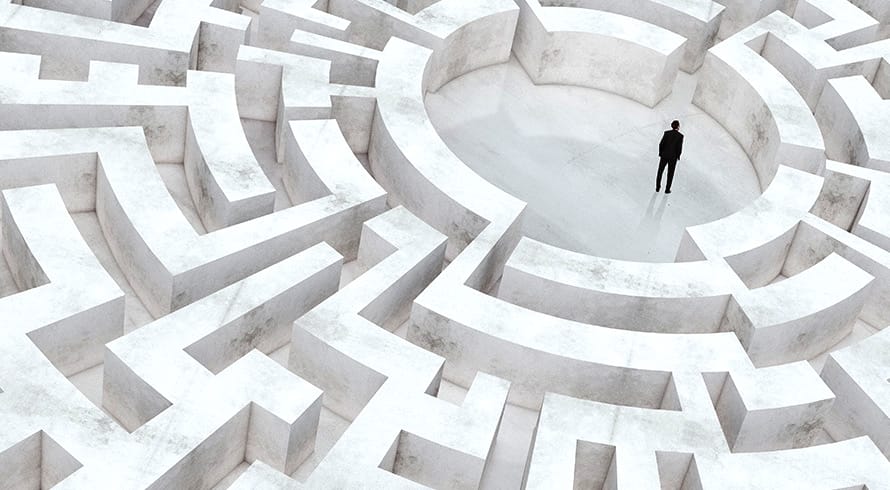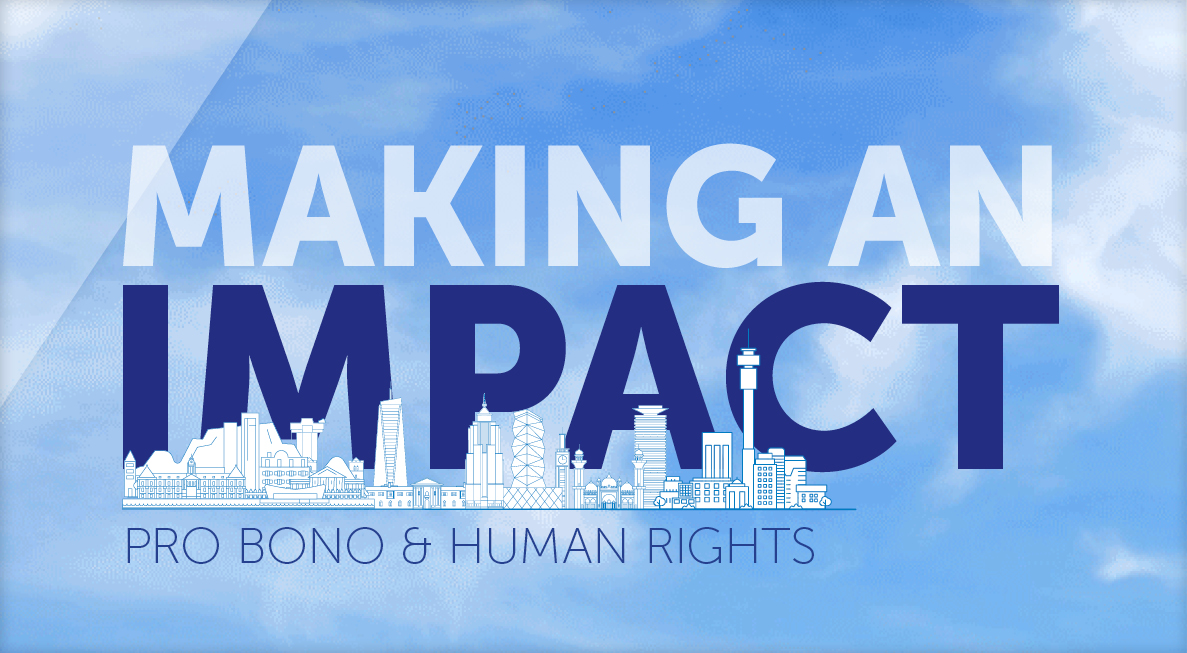AI ownership and machines as creators
When a company creates AI, who is the owner?
An AI algorithm, or more specifically the written code, encompassing both the source code and object code, would be categorised as a “computer program” under South African laws and is protected by the law of copyright. The point of departure in the law of copyright is that ownership of original work shall vest in the author, or in the case of joint authorship, in the co-authors of the work. It is therefore critical to identify who the author is. In respect of a computer program, the Copyright Act, No 98 of 1978 (Copyright Act) states that the author is the “person who exercised control over the making of the computer program”.
Where the work is created in the course and scope of employment (whether under a contract of service or apprenticeship), the employer will hold the copyright. Where a computer program has been commissioned, the person commissioning the work would be the author; ie, where a company has commissioned a developer to create an AI algorithm, the author and therefore owner of the copyright would be the company that commissioned the work, and not the developer (unless stated otherwise in an agreement).
Depending on the type and form of technology, there are various other ways to protect one’s intellectual property interests in South Africa, including, but not limited to: non-disclosure agreements; copyright; trademarks; and patent protection.
A more interesting question is who owns the work that an AI machine may create?
In 2016, the world witnessed the unveiling of “The Next Rembrandt’”– artwork created by a 3D printer which analysed hundreds of well-known Rembrandt paintings and used machine and deep learning techniques to mimic the 17th century Dutch artist’s works. This lofty task was a collaborative effort between ING Bank, J Walter Thompson Amsterdam as well as tech heavy weight Microsoft and innovative Dutch entities TU Delft, Mauritshuis and Rembrandthuis. But ultimately it was the AI-powered machine that created the work. So, the pertinent question is, who is the owner of the copyright in and to “The Next Rembrandt”?
In the United States of America (US), the rules regulating the US Copyright Office state that “the office will register an original work of authorship, provided that the work was created by a human being … will not register works produced by a machine or mere mechanical process that operates randomly or automatically without any creative input or intervention from a human author”.
Similarly, in the 2012 case of Achos Pty Ltd v Ucorp Pty Ltd, the Federal Court of Australia declared that a work generated with the intervention of a computer could not be protected by copyright because it was not produced by a human.
In South Africa, the Copyright Act defines an “author” in relation to various works as “the person”. The only exception is in respect of a “published edition” which refers to the “publisher” as the author (and does not explicitly refer to a “person”). Considering that all the other definitions refer to “the person” we do not think that it was the drafter’s intention to treat the authors of published editions differently to other works and that this is likely just a result of poor drafting. A “person” is not defined in the Copyright Act, and as such we must revert to the rules of statutory interpretation which suggest that a purposive interpretation should follow when a literal interpretation is not possible. The ordinary literal dictionary meaning of a “person” is “a human being regarded as an individual” (Oxford English Dictionary). However, both natural and juristic persons are eligible for ownership rights in copyright, so a literal interpretation does not assist us in this instance. Upon a purposive interpretation, we are of the view that the intention of the legislature when drafting the Copyright Act was for legal persons (including both natural and juristic persons) to receive protection under the Act – however it is unlikely that the legislature anticipated the concept and technology in respect of AI when drafting such provisions, and therefore it is unlikely that the intention of the legislature was for a machine to enjoy copyright protection and ownership. This begs the question – so who does own the work created by the machine?
If the machine is truly autonomous, the work is technically ‘original’ (and not commissioned) as the work would be machine-learned from a series of data inputs. In some instances, the company and/or person feeding the data (inputs) may not know what the output will be – work could therefore be an incidental creation. However, in other instances the work may be ‘commissioned’ and the copyright vest with the person who commissions such work.
Policy and laws have yet to keep up with the rapidly changing technology landscape. This ownership conundrum is another legal lacuna to which there is no exact answer and would largely depend on the facts and circumstances at hand. However, as policy and law develops, the legal position may change, and we may live to see the rise of robotic rights!
The information and material published on this website is provided for general purposes only and does not constitute legal advice. We make every effort to ensure that the content is updated regularly and to offer the most current and accurate information. Please consult one of our lawyers on any specific legal problem or matter. We accept no responsibility for any loss or damage, whether direct or consequential, which may arise from reliance on the information contained in these pages. Please refer to our full terms and conditions. Copyright © 2025 Cliffe Dekker Hofmeyr. All rights reserved. For permission to reproduce an article or publication, please contact us cliffedekkerhofmeyr@cdhlegal.com.
Subscribe
We support our clients’ strategic and operational needs by offering innovative, integrated and high quality thought leadership. To stay up to date on the latest legal developments that may potentially impact your business, subscribe to our alerts, seminar and webinar invitations.
Subscribe



